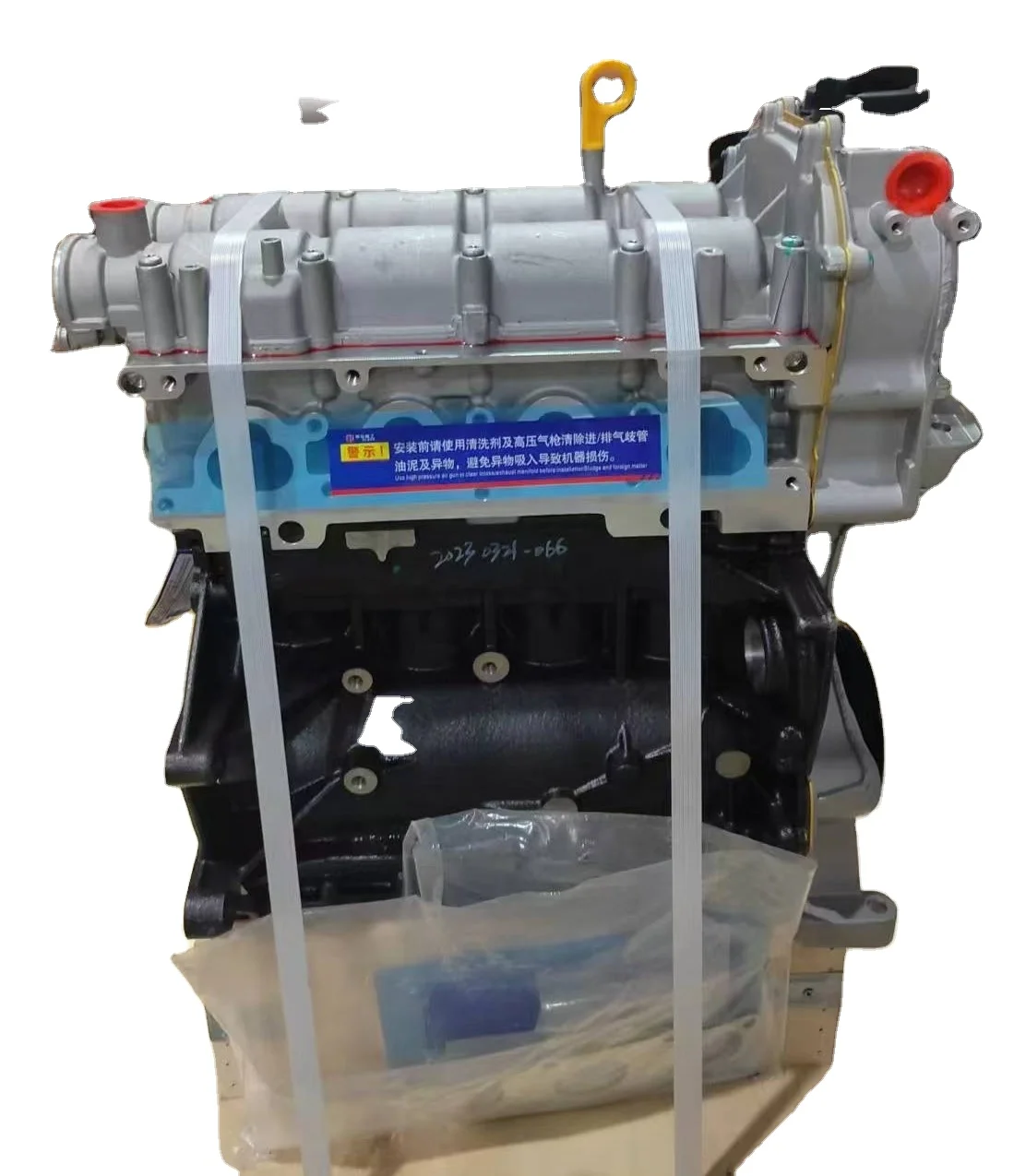Eliminate operational issues with a well-tuned clp engine.
Eliminate operational issues with a well-tuned clp engine.
Blog Article
Just How a Clp Engine Can Improve Performance in Different Industries
The advent of CLP engines marks a considerable change in functional efficiency across different fields, driven by their ability to optimize fuel usage and minimize downtime. As organizations progressively focus on sustainability along with efficiency, the role of CLP engines ends up being also extra critical.
Summary of CLP Engines
CLP engines, or Constant Liquid Propellant engines, represent a substantial innovation in propulsion modern technology, specifically for room applications. These engines use a continuous feed system that enables the continual expulsion of propellant, bring about improved effectiveness and performance contrasted to standard solid or hybrid propulsion systems. By maintaining a constant circulation of fluid propellant, CLP engines can accomplish much more accurate thrust control, which is essential for steering spacecraft in different mission situations.
The layout of CLP engines incorporates sophisticated products and ingenious gas administration systems. clp engine. This leads to reduced weight and raised dependability, essential variables for long-duration area goals. The continual operation lessens the risk of combustion instability, an usual challenge in standard rocket engines.

Advantages in Production
The production of Constant Liquid Propellant (CLP) engines presents several noteworthy advantages that improve both effectiveness and cost-effectiveness. One of the key advantages is the structured manufacturing procedure, which minimizes the complexity connected with traditional propulsion systems. By making use of fluid propellant, producers can achieve greater accuracy in engine performance, resulting in enhanced energy output and lowered waste.
In addition, CLP engines help with a higher level of modularity, permitting much easier combination into numerous manufacturing lines. This adaptability can significantly decrease lead times and boost general operational adaptability. The use of CLP technology additionally has a tendency to minimize the requirement for substantial maintenance because of fewer relocating parts, which converts into lowered downtime and operational prices.

Applications in Logistics
Leveraging Continual Fluid Propellant (CLP) engines in logistics supplies substantial benefits in functional performance and integrity. These engines give a durable option for numerous transport requirements, allowing the seamless motion of goods across vast ranges. The integral layout of CLP engines enables constant power outcome, which equates into smoother and more foreseeable transport routines.
One of the essential applications of CLP engines in logistics is in heavy-duty freight transportation, where they can drive both ground and airborne automobiles. Their capability to maintain high performance under differing tons conditions ensures that distribution timelines are fulfilled, consequently improving click resources customer satisfaction. In addition, CLP engines can be integrated into automated logistics systems, promoting real-time monitoring and enhancing route preparation.
Additionally, the durability of CLP engines minimizes upkeep downtime, enabling logistics companies to optimize their operational capacities. This is especially advantageous in warehousing operations, where performance in taking care of and delivering products is essential. As logistics remains to advance, the combination of CLP engines represents a forward-thinking strategy that not only boosts performance however also sustains the industry's growing needs for dependability and rate.
Impact on Power Efficiency
Exactly How do Continual Liquid Propellant (CLP) engines improve power efficiency in transport? CLP engines make use of a consistent circulation of fluid fuel, enhancing burning processes and preserving a secure thrust output. This style decreases energy losses connected with conventional burning engines, where gas delivery can vary and cause inefficiencies.
The constant procedure of CLP engines enables a more effective thermal cycle, resulting in greater specific impulse compared have a peek at this site to traditional engines. clp engine. This converts to lowered fuel consumption for the very same quantity of job done, significantly lowering operational expenses throughout different transport fields, consisting of aviation and maritime industries
Moreover, the ability of CLP engines to maintain optimum performance under varying tons conditions reduces the need for frequent acceleration and deceleration, even more boosting gas performance. Boosted power effectiveness not just adds to cost savings yet likewise causes reduce greenhouse gas discharges, lining up with international sustainability objectives.
Future Trends and Innovations
Emerging innovations in Continual Fluid Propellant (CLP) engine innovation guarantee to transform the landscape of transportation performance and sustainability. As sectors pivot towards greener alternatives, CLP engines stand at the forefront, incorporating cutting-edge materials and design methodologies that enhance efficiency while lessening ecological effect.
One of one of the most appealing patterns is the fostering of crossbreed systems that integrate CLP engines with renewable resource sources. This synergy can maximize gas usage and reduce exhausts, straightening with worldwide sustainability goals. Innovations in computational liquid characteristics (CFD) are promoting the style of even more aerodynamically efficient engines, leading to reduced drag and boosted gas efficiency.
Furthermore, the growth of wise monitoring systems is established to improve operational performances. These systems take advantage of information analytics and IoT innovation to optimize engine efficiency in real-time, making certain that the engines operate within their most reliable criteria.
As research study proceeds to check out alternative propellant solutions-- such as biofuels and artificial gas-- the future find this of CLP engines looks promising. By using these technologies, sectors can not just enhance their performance however additionally add dramatically to a cleaner, a lot more lasting future in transportation.
Final Thought
In conclusion, CLP engines represent a considerable innovation in efficiency across several markets. Their capacity to maximize fuel consumption and decrease functional expenses, incorporated with a continual feed system, enhances power output and operational reliability. The combination of sophisticated products and fewer relocating components minimizes maintenance requirements, while alignment with sustainability goals positions CLP engines as a critical modern technology for the future. Continued advancement in this field guarantees additional enhancements in effectiveness and environmental performance.
Report this page